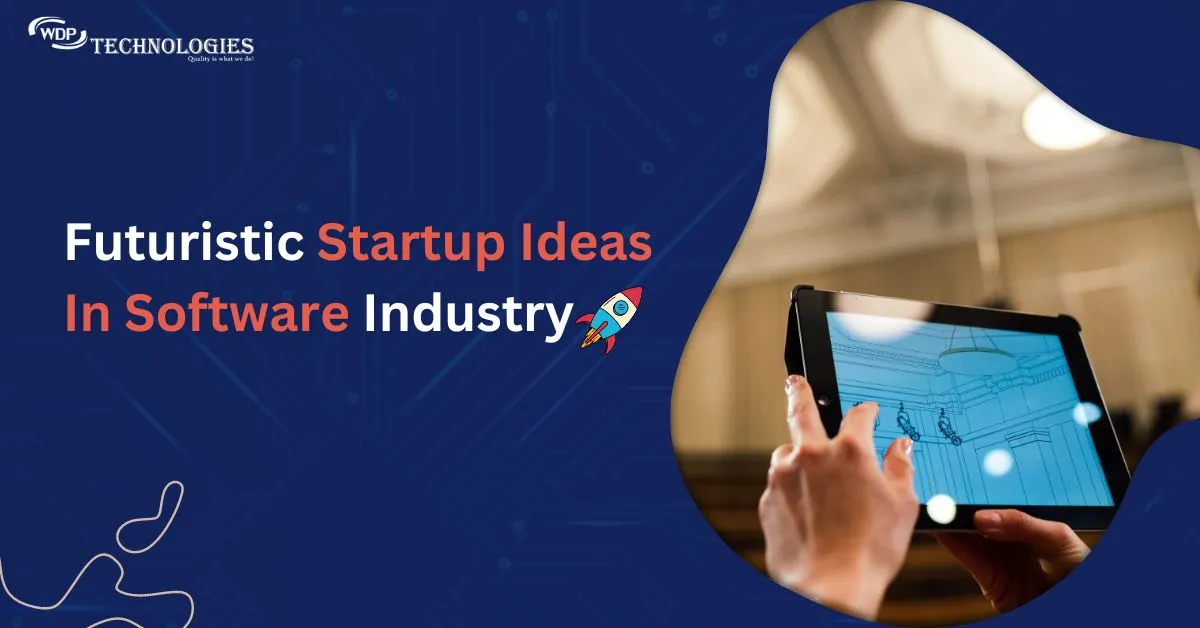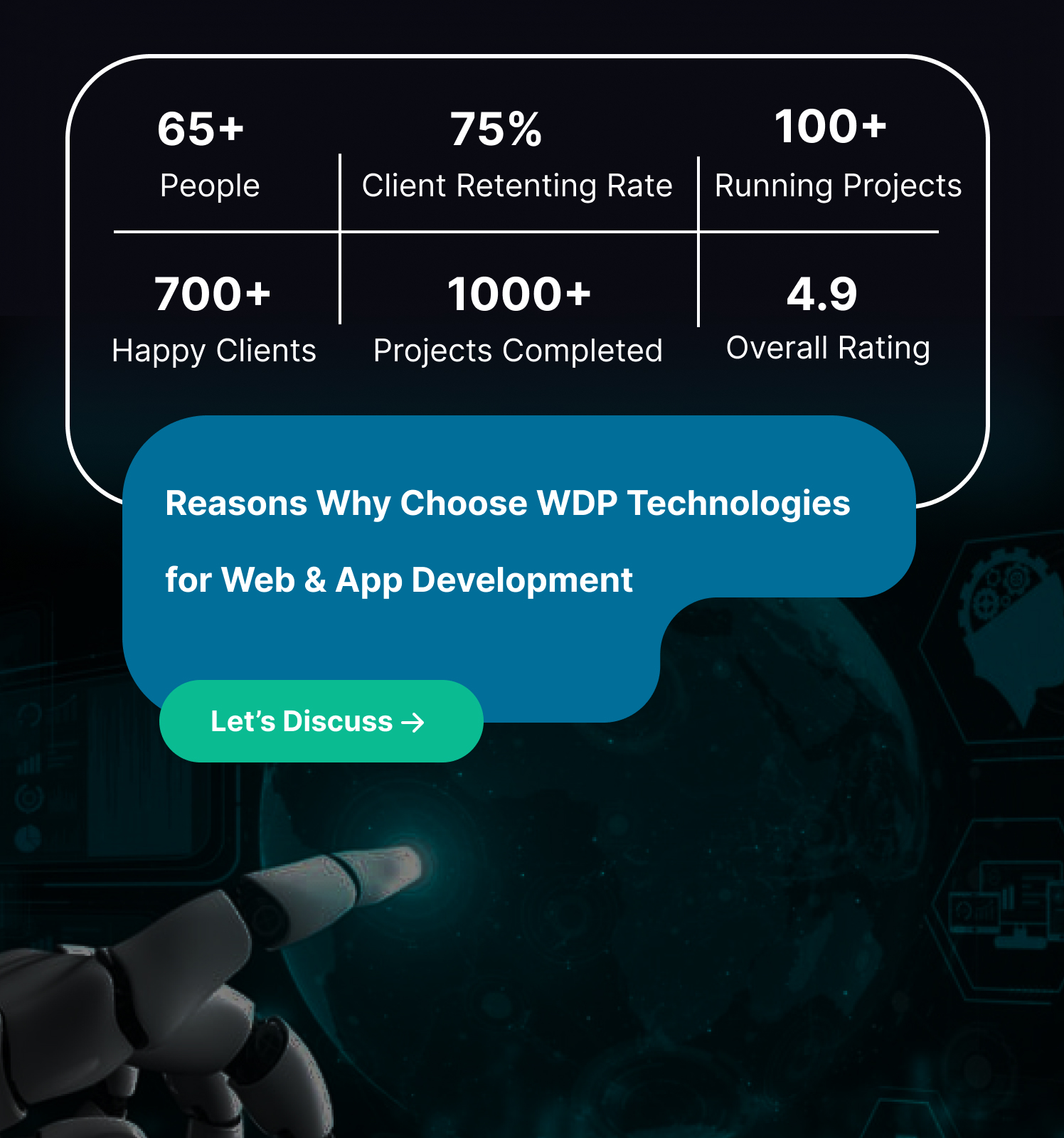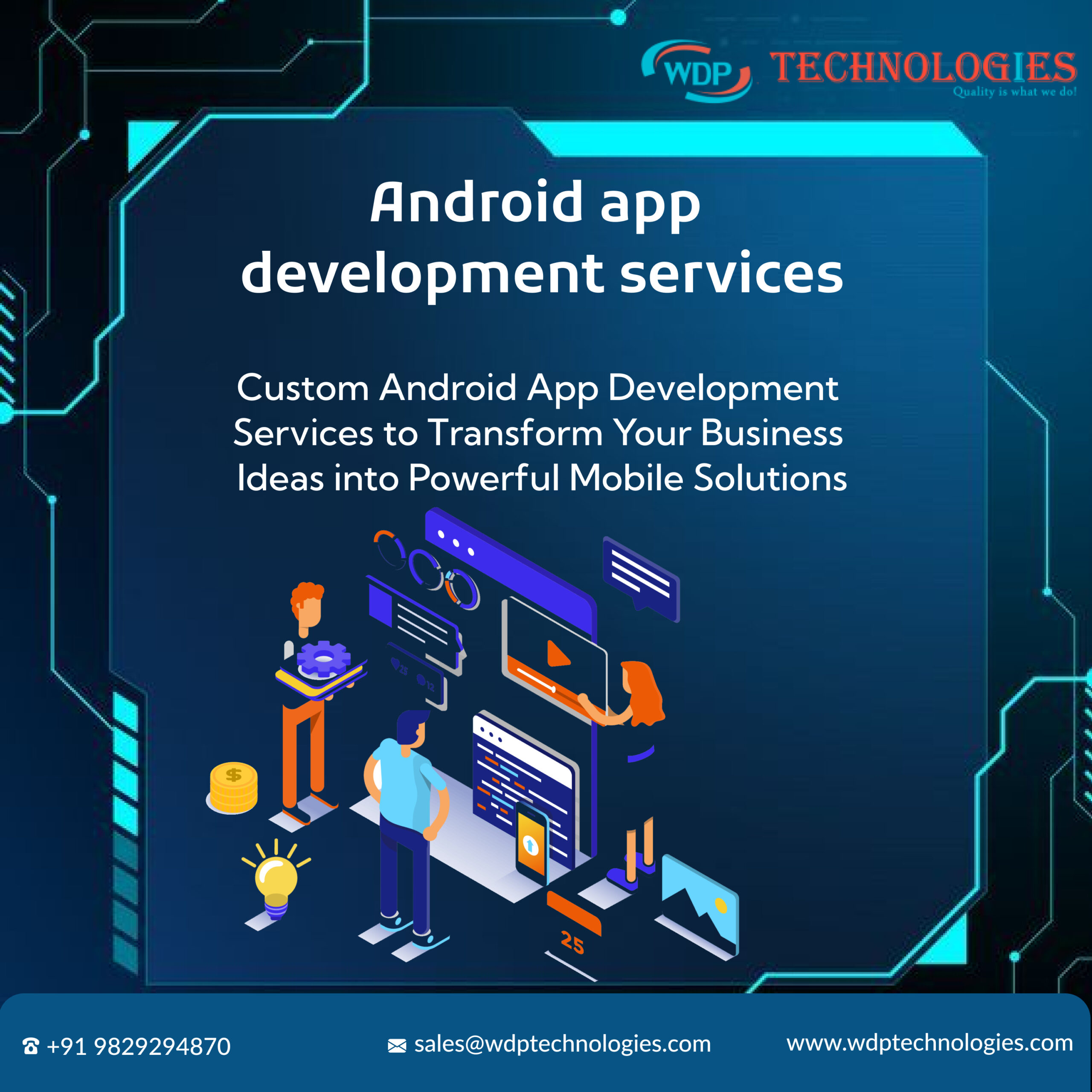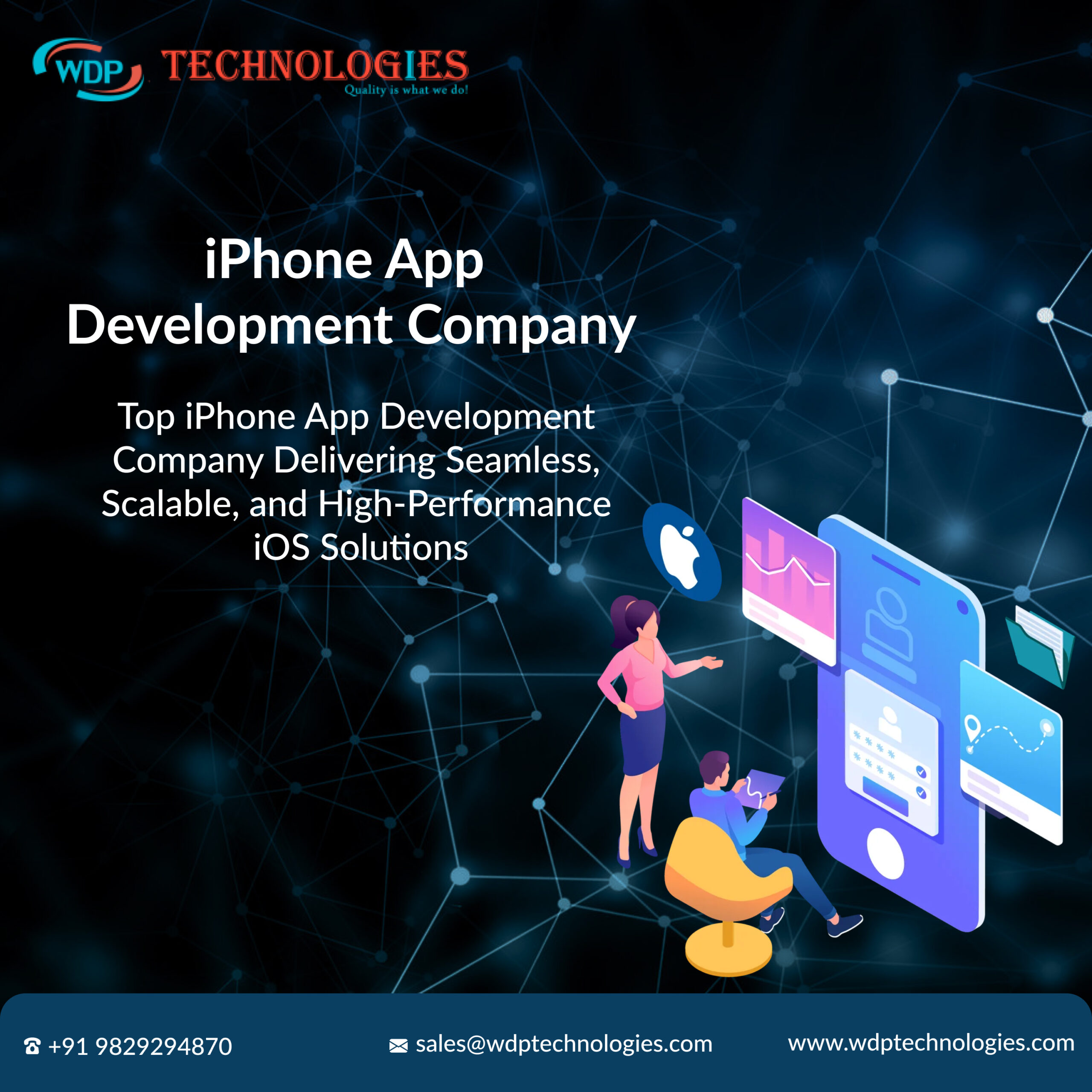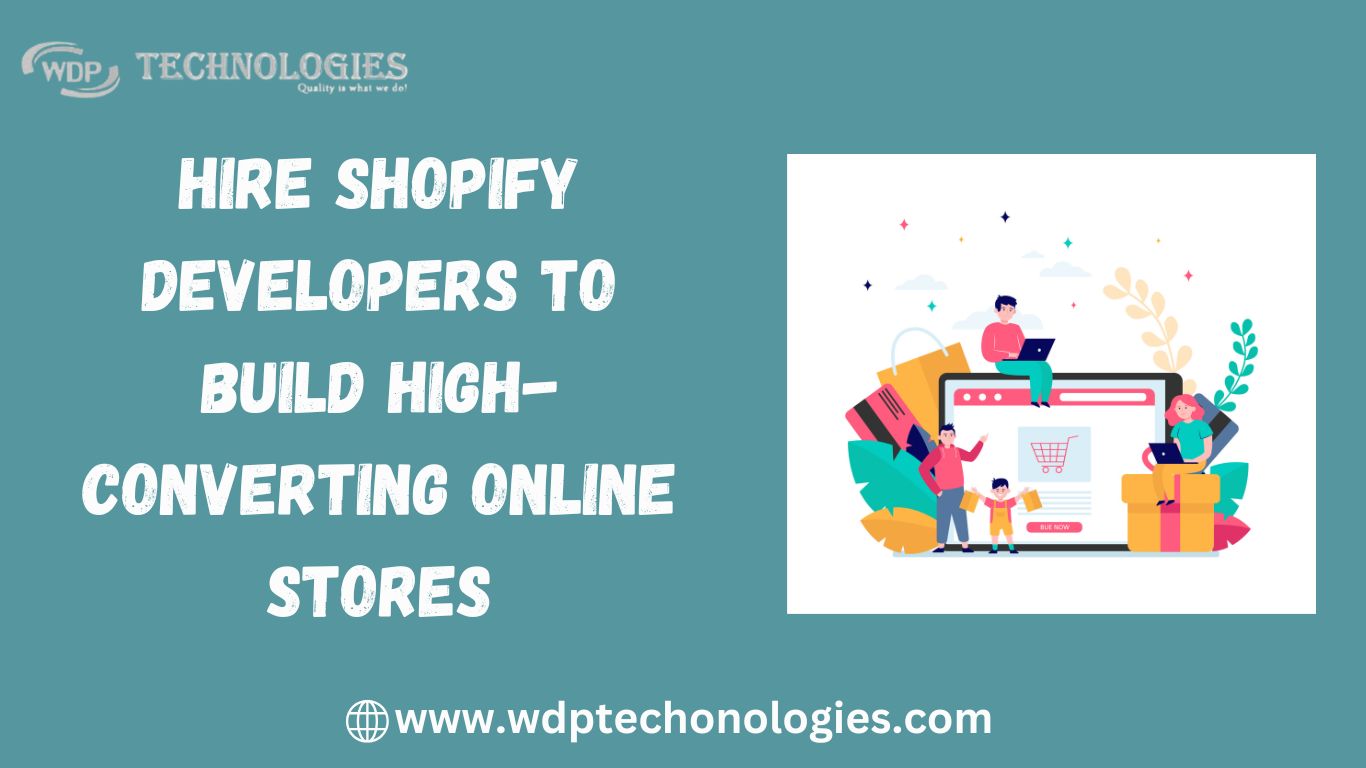Hey there, fellow innovators and dreamers!
Have you ever found yourself thinking about starting a software company? Maybe you’ve got a groundbreaking startup ideas in software sector that you believe could change the world or at least make life a little easier for a lot of people. If that sounds like you, then you’re in the right place. The software industry is booming, and there’s never been a better time to dive in and start building something incredible.
In this blog, we’re going to explore some innovative software company startup ideas that can inspire your entrepreneurial journey. Whether you’re a seasoned developer, a business-savvy individual, or someone with a passion for tech, there’s something here for everyone. We’ll look at different sectors, market potentials, and real-world examples to get your creative juices flowing.
But before we dive into the startup ideas in software, let’s take a moment to understand why innovation is so crucial in the software world and how identifying market gaps can lead to game-changing opportunities. So, grab a cup of coffee, settle in, and let’s get started on this exciting journey together!
Why Innovation Is So Crucial In The Software World
Only knowing startup ideas in software does not lead you to success. Innovation in the software industry is not just a buzzword; it’s the lifeblood that keeps the entire ecosystem vibrant and evolving. Here’s why innovation is so crucial in the software world:
1. Rapid Technological Advancements
Technology evolves at breakneck speed. What was cutting-edge yesterday can become obsolete tomorrow. Innovation ensures that software solutions stay relevant and continue to meet the ever-changing demands of users and businesses.
2. Competitive Advantage
In a crowded market, standing out is essential. If your startup ideas in software meet innovation that can differentiate your company from its competitors, offering unique features, better performance, or a superior user experience that attracts and retains customers.
3. Meeting User Expectations
Today’s users are tech-savvy and have high expectations. They want intuitive, efficient, and engaging software that can simplify their lives or enhance their productivity. Innovation helps create products that meet and exceed these expectations, fostering loyalty and satisfaction.
4. Solving Complex Problems
Many of the world’s most pressing challenges require sophisticated solutions. Innovative software can tackle complex problems in healthcare, education, finance, and other critical sectors, providing tools that can make a real difference in people’s lives.
5. Driving Economic Growth
The software industry is a significant driver of economic growth. Innovative companies create jobs, stimulate investment, and contribute to the overall economy. By continuously pushing the boundaries, they foster a dynamic environment that benefits society as a whole.
6. Fostering Adaptability and Resilience
The business landscape is unpredictable, with new challenges and opportunities arising constantly. Innovative software companies are better equipped to adapt to changes, pivot when necessary, and thrive in uncertain conditions.
7. Encouraging Continuous Improvement
Innovation promotes a culture of continuous improvement. It encourages teams to think creatively, experiment with new ideas, and learn from failures. This mindset not only leads to better products but also fosters personal and professional growth among employees.
8. Addressing Security Threats
As cyber threats become more sophisticated, the need for innovative security solutions grows. Staying ahead of potential vulnerabilities through innovative approaches ensures that software remains secure and trustworthy.
Strategies to Elevate Your Software Above the Competitor
Identifying market gaps in the context of a software startup can be the catalyst for game-changing opportunities. These gaps represent areas where existing software solutions fall short or fail to meet evolving user needs. Before get into the startup ideas in software better to pinpointing these gaps early on, startups can tailor their innovations to fill these voids effectively.
👉Unmet Customer Needs: Companies can create products that directly address specific pain points, leading to high customer satisfaction and loyalty (e.g., telemedicine apps during COVID-19).
👉Under-served Segments: Focusing on overlooked market segments allows for tailored solutions that meet specific audience needs (e.g., adult learners in EdTech).
👉Improving Existing Solutions: Enhancing current offerings attracts dissatisfied users by addressing weaknesses or limitations (e.g., Slack improving team communication).
👉Technological Advancements: Leveraging new technologies creates opportunities for innovative products that redefine industries (e.g., blockchain technology and DeFi solutions).
👉Changing Market Dynamics: Early identification of market shifts enables companies to adapt and seize new opportunities (e.g., GreenTech solutions for sustainability).
👉Solving Inconveniences: Addressing everyday inefficiencies leads to products that simplify or enhance daily activities (e.g., ride-sharing apps like Uber).
👉Niche Markets: Targeting specialized markets with specific needs builds dedicated customer bases and achieves significant market penetration (e.g., project management tools for creative agencies).
👉Enhancing Customer Experience: Prioritizing user-centric design boosts retention and referrals by improving overall customer experience (e.g., Apple’s focus on UX).
👉Disrupting Traditional Industries: Identifying inefficiencies in traditional sectors leads to disruptive innovations that transform industries (e.g., FinTech disrupting banking services).
👉Creating New Categories: Innovating in unexplored areas creates entirely new markets and opportunities (e.g., Airbnb creating a new category in travel with unique lodging experiences).
List of 25 Startup Ideas In Software Industry
These startup ideas in software sector provide a detailed overview, highlighting their potential market applications, benefits, and examples of existing implementations in the industry.
1. AI-powered Customer Support Chatbot:
Description: An AI-powered chatbot designed to handle customer queries and support requests autonomously. Using natural language processing (NLP) and machine learning, it can understand and respond to customer inquiries, provide troubleshooting assistance, and escalate issues to human agents when necessary.
Market Potential: There is a growing demand for efficient customer service solutions that can operate 24/7, handle large volumes of inquiries, and offer consistent responses. Businesses across industries, including e-commerce, telecommunications, and finance, can benefit significantly from AI chatbots to enhance customer satisfaction and reduce operational costs.
Example: ManyChat offers a platform for creating AI chatbots that integrate with popular messaging apps like Facebook Messenger, enabling businesses to automate customer interactions seamlessly.
2. Virtual Reality (VR) Training Solutions:
Description: VR training solutions use virtual reality technology to simulate real-world environments for training purposes. Industries such as healthcare, manufacturing, and aviation can benefit by providing immersive training experiences that mimic scenarios without real-world risks.
Market Potential: Companies seek efficient, cost-effective training methods that improve learning outcomes and reduce training time. VR training solutions offer advantages in skills development, safety training, and complex procedural learning.
Example: STRIVR provides VR training solutions used by companies like Walmart and United Rentals to train employees in various scenarios, from customer interactions to hazardous situations.
3. Blockchain-based Supply Chain Management:
Description: Blockchain technology is used to create transparent and secure supply chain management systems. It enables tracking and recording of every transaction or movement of goods from raw material sourcing to final delivery, ensuring authenticity and reducing fraud.
Market Potential: Industries such as retail, pharmaceuticals, and food distribution are increasingly adopting blockchain to enhance supply chain efficiency, reduce costs associated with fraud or counterfeiting, and comply with regulatory requirements.
Example: IBM Food Trust utilizes blockchain to trace the journey of food products from farm to table, ensuring transparency and improving food safety standards.
4. Augmented Reality (AR) Marketing Tools:
Description: AR marketing tools overlay digital content such as 3D models, animations, or information onto the real world through mobile devices or AR glasses. This enhances consumer engagement by offering interactive experiences that blend digital and physical environments.
Market Potential: Brands and advertisers use AR to create memorable and interactive marketing campaigns that increase customer engagement, brand awareness, and conversion rates. AR is particularly effective in retail, tourism, and entertainment sectors.
Example: IKEA Place app allows customers to visualize furniture in their homes using AR, improving purchasing decisions and customer satisfaction.
5. Data Analytics Platform for Small Businesses:
Description: A data analytics platform tailored for small businesses to analyze and derive insights from their operational data. It provides tools for data visualization, trend analysis, predictive modeling, and business intelligence reporting.
Market Potential: Small businesses increasingly rely on data-driven insights to optimize operations, improve decision-making, and identify growth opportunities. Data analytics platforms offer affordable solutions that are scalable and easy to use.
Example: Tableau offers a data analytics platform that helps small businesses visualize and understand their data through interactive dashboards and reports, empowering them to make informed business decisions.
6. Personalized Health and Fitness App:
Description: A mobile app that provides personalized health and fitness recommendations based on user data such as fitness level, health goals, and dietary preferences. It may include features for workout routines, meal planning, progress tracking, and integration with wearable devices.
Market Potential: With increasing health consciousness and fitness trends, personalized apps cater to individuals seeking customized fitness plans and nutritional advice. The market includes fitness enthusiasts, athletes, and individuals managing health conditions.
Example: MyFitnessPal offers a personalized health and fitness app that tracks calories, macros, and exercise routines, helping users achieve their fitness goals through personalized insights and community support.
7. Voice-controlled Smart Home Automation:
Description: Smart home automation systems that use voice commands to control various devices and appliances within a home. Integrates with virtual assistants like Amazon Alexa or Google Assistant for voice-activated commands.
Market Potential: The demand for convenience, energy efficiency, and home security drives adoption of voice-controlled smart home systems. Consumers seek seamless integration and remote monitoring capabilities for enhanced lifestyle management.
Example: Nest Labs offers smart home products like thermostats and security cameras that can be controlled via voice commands through Google Assistant, enhancing home automation and security.
8. Cybersecurity Solutions for IoT Devices:
Description: Cybersecurity solutions designed specifically to protect Internet of Things (IoT) devices from cyber threats and vulnerabilities. Includes security protocols, encryption methods, and threat detection systems tailored for IoT networks.
Market Potential: As IoT devices proliferate in homes, businesses, and industries, the need for robust cybersecurity solutions grows to protect sensitive data, prevent unauthorized access, and safeguard network integrity.
Example: Armis provides cybersecurity solutions for IoT devices, offering real-time visibility and protection against cyber threats across healthcare, retail, and manufacturing IoT ecosystems.
9. E-learning Platform for Professional Skills:
Description: An online platform offering courses and resources for professional skill development in areas such as programming, digital marketing, project management, and leadership. Includes interactive learning modules, certifications, and peer-to-peer collaboration.
Market Potential: Professionals and organizations seek flexible, accessible e-learning platforms for continuous skill enhancement and career advancement. The market spans across industries and educational levels.
Example: Coursera offers an e-learning platform with courses from top universities and companies worldwide, providing professional certificates and degree programs in various disciplines.
10. Automated Investment Advisory Service:
Description: An automated investment advisory service (robo-advisor) that uses algorithms to provide personalized investment advice and manage investment portfolios based on user financial goals, risk tolerance, and market trends.
Market Potential: Individual investors and millennials seek cost-effective and automated investment solutions that offer diversification, portfolio rebalancing, and tax optimization. Robo-advisors appeal to tech-savvy investors and those new to investing.
Example: Betterment and Wealthfront are robo-advisors that automate investment management, offering low fees and personalized portfolios based on user preferences and financial objectives.
11. Blockchain-based Voting System:
Description: Develop a secure and transparent voting system using blockchain technology to ensure tamper-proof voting records, anonymity, and accurate tallying of votes.
Market Potential: Governments, organizations, and institutions seek trustworthy and efficient voting solutions that enhance electoral integrity and voter participation.
Example: Voatz uses blockchain for secure mobile voting, providing accessibility and transparency in elections while maintaining security.
12. SaaS for Event Management:
Description: Software as a Service (SaaS) platform for managing events, conferences, and exhibitions. Features include attendee registration, ticketing, agenda management, exhibitor management, and post-event analytics.
Market Potential: Event organizers and planners require scalable and customizable solutions to streamline event operations, enhance attendee engagement, and optimize event ROI.
Example: Eventbrite offers a SaaS platform for event management, ticketing, and promotion, catering to organizers of various event sizes and types globally.
13. AI-driven Recruitment Platform:
Description: AI-powered platform for recruitment and talent acquisition, leveraging machine learning algorithms to match candidates with job openings based on skills, experience, and cultural fit.
Market Potential: HR departments and recruiters seek efficient and unbiased recruitment solutions that automate candidate sourcing, screening, and selection processes.
Example: LinkedIn Talent Solutions uses AI to recommend candidates and streamline recruitment processes, enhancing hiring efficiency and candidate experience.
14. Digital Marketing Analytics Tool:
Description: A tool that provides comprehensive analytics and insights into digital marketing campaigns across multiple channels (e.g., social media, email, SEO, PPC). Features include performance tracking, ROI analysis, and competitor benchmarking.
Market Potential: Marketers and businesses require data-driven insights to optimize marketing strategies, allocate budgets effectively, and maximize campaign effectiveness.
Example: HubSpot Marketing Analytics offers tools for analyzing inbound marketing campaigns, tracking lead conversions, and measuring ROI from digital marketing efforts.
15. Cloud-based Legal Practice Management:
Description: Cloud-based software for law firms and legal professionals to manage cases, documents, client communications, billing, and scheduling from a centralized platform.
Market Potential: Legal practitioners seek secure and accessible tools for efficient case management, collaboration, and client relationship management.
Example: Clio provides cloud-based legal practice management software that streamlines workflows, improves productivity, and enhances client service for law firms.
16. Remote Team Collaboration Tool:
Description: A collaborative platform for remote teams to communicate, share files, manage projects, and conduct virtual meetings effectively. Includes features for real-time collaboration and task management.
Market Potential: With the rise of remote work, organizations require tools that facilitate seamless communication, collaboration, and project coordination across distributed teams.
Example: Slack is a popular remote team collaboration tool that integrates messaging, file sharing, and project management features, enhancing team productivity and communication.
17. Predictive Maintenance for Manufacturing:
Description: Software that uses IoT sensors and predictive analytics to monitor equipment performance, predict failures, and schedule maintenance proactively in manufacturing plants.
Market Potential: Manufacturing industries aim to minimize downtime, reduce maintenance costs, and optimize equipment performance through predictive maintenance solutions.
Example: IBM Predictive Maintenance and Quality uses AI and IoT data to predict equipment failures, optimize maintenance schedules, and improve operational efficiency in manufacturing.
18. Blockchain-powered Real Estate Transactions:
Description: Blockchain platform for facilitating secure and transparent real estate transactions, including property listings, title transfers, contracts, and payments, with reduced intermediaries.
Market Potential: Real estate agents, buyers, and sellers seek faster, more secure, and cost-effective methods for conducting property transactions and managing records.
Example: Propy uses blockchain for real estate transactions, providing a decentralized platform for buying, selling, and recording property ownership globally.
19. Virtual Reality Gaming Platform:
Description: VR gaming platform that offers immersive gaming experiences through virtual reality headsets. Includes multiplayer capabilities, social features, and a library of VR games.
Market Potential: Gaming enthusiasts and VR adopters seek engaging and realistic gaming experiences that leverage virtual reality technology for enhanced immersion and interaction.
Example: Oculus Rift by Facebook offers a VR gaming platform with a variety of games and experiences, enhancing gaming experiences through immersive VR technology.
20. Subscription-based Home Cooking App:
Description: A mobile app offering subscription-based meal planning, grocery shopping lists, and step-by-step cooking recipes tailored to dietary preferences and nutritional needs.
Market Potential: Busy individuals, health-conscious consumers, and families seek convenient solutions for planning and preparing home-cooked meals that are nutritious and easy to follow.
Example: HelloFresh provides a subscription-based meal kit delivery service with recipes and pre-measured ingredients, simplifying home cooking and meal planning for subscribers.
21. Mobile App for Personal Finance Management:
Description: A mobile app that offers budgeting tools, expense tracking, investment monitoring, bill payment reminders, and financial goal setting for personal finance management.
Market Potential: Individuals seek tools to manage finances effectively, track spending, save money, and achieve financial goals, driving demand for intuitive and secure mobile finance apps.
Example: Mint by Intuit provides a mobile app for personal finance management, offering budgeting, bill tracking, credit score monitoring, and investment tracking features.
22. AI-powered Personalized Shopping Assistant:
Description: AI-driven shopping assistant that offers personalized product recommendations, price comparisons, discounts, and shopping reminders based on user preferences and shopping history.
Market Potential: Online shoppers seek personalized shopping experiences that simplify product discovery, enhance purchasing decisions, and save time while shopping across e-commerce platforms.
Example: Amazon’s Alexa and Google Assistant offer AI-powered shopping assistants that provide personalized recommendations and streamline shopping experiences through voice commands.
23. Data-driven Agricultural Management:
Description: Software platform for farmers and agribusinesses to monitor crop health, soil conditions, weather patterns, and farm operations using IoT sensors and data analytics.
Market Potential: Agriculture industry stakeholders aim to optimize yields, reduce costs, and improve sustainability through data-driven insights and precision farming techniques.
Example: John Deere’s Precision Ag technology provides data-driven solutions for farmers, offering tools for field mapping, soil analysis, crop monitoring, and equipment management.
24. Blockchain-based Intellectual Property Protection:
Description: Blockchain platform for registering, verifying, and protecting intellectual property rights, including patents, copyrights, trademarks, and digital content ownership.
Market Potential: Creators, inventors, and businesses seek secure and immutable solutions to protect intellectual property rights, prevent infringement, and manage digital rights efficiently.
Example: Mediachain Labs (acquired by Spotify) developed a blockchain-based platform for attributing and tracking digital media ownership and rights management.
25. Personalized Travel Planning App:
Description: Mobile app for personalized travel itinerary planning, including destination recommendations, flight bookings, accommodation options, local attractions, and travel guides.
Market Potential: Travelers seek convenient and personalized travel planning solutions that offer curated recommendations, insider tips, and seamless booking experiences for vacations and business trips.
Example: TripIt by Concur offers a travel planning app that organizes trip details, itinerary management, and real-time updates, catering to travelers’ needs for organized and stress-free travel experiences.
Also Read: Sportsurge Alternatives
Looking To Develop Your Own Software?
Looking to develop your own software? Contact WDP Technologies, a leading provider of bespoke web and app development solutions. With a proven track record in delivering innovative and scalable software solutions across diverse industries, WDP Technologies combines technical expertise with a client-centric approach to turn your startup ideas in software into reality. Whether you’re a startup looking to launch your first app or an established business seeking to upgrade your software infrastructure, WDP Technologies offers tailored development services to meet your unique requirements. Contact us today to discuss your project and embark on a journey towards digital transformation and business success.
Conclusion
In conclusion, the landscape of software startup ideas is rich with opportunities for innovation and growth. Each idea presented—whether in AI, blockchain, VR, or personalized apps—represents a potential solution to real-world challenges or unmet needs in various industries. By leveraging emerging technologies and addressing specific market gaps, startups can not only disrupt traditional sectors but also carve out new niches, driving efficiency, enhancing user experiences, and shaping the future of technology.
As entrepreneurs explore these possibilities, the key lies in thorough market research, develop software from scratch, and a commitment to delivering value-driven solutions that resonate with users. Whether you’re venturing into fintech, healthcare, e-commerce, or beyond, the journey begins with identifying a compelling problem to solve and crafting a software solution that transforms ideas into impactful realities.

